P3 7-8/2023 en
Progress and Challenges in 2023
Building a Circular Economy in the Packaging Industry
Events
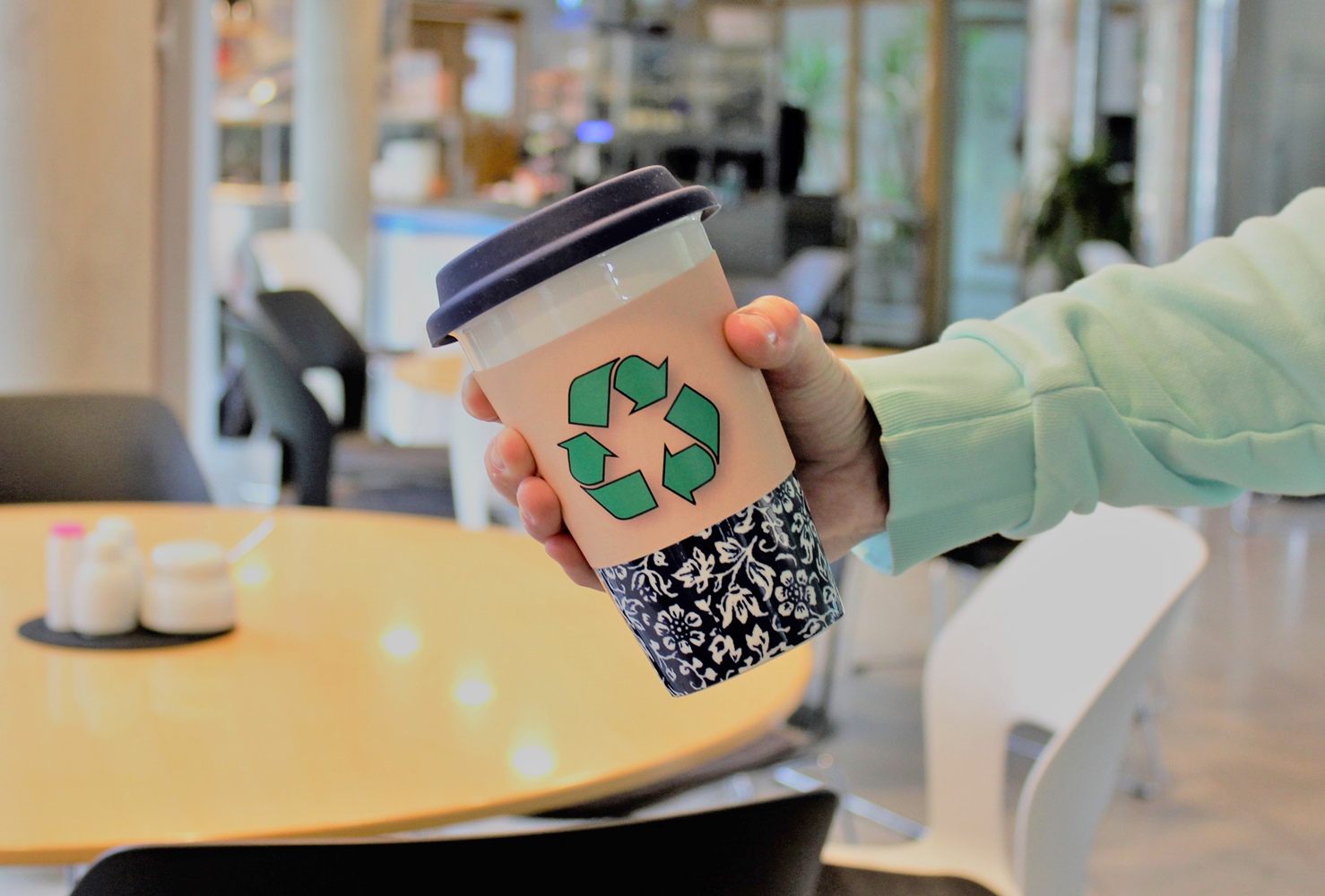
With the “Zero Waste Manager” customers can see where waste can be reduced and recycling rates can be increased.
Once again this year, the subject of how to establish a circular economy has gained significant pace. This has been driven most notably by the European Commission’s plans set out at the end of 2022 for an EU packaging regulation, which will affect the entire economy and has been hotly debated as a result. But the associations and businesses in the packaging industry are also forging ahead with building a circular economy by pursuing their own innovative developments and ideas. Naturally, the circular economy was also the main theme of this year’s interpack. A large number of exhibitors at the show focused on solutions for effective recycling and the use of recycled materials in packaging production.
With the “Zero Waste Manager” customers can see where waste can be reduced and recycling rates can be increased.
Interpack president and Theegarten-Pactec CEO Markus Rustler emphasised the importance of more sustainable, recyclable packaging materials, but he also sees challenges for the industry. “The use of recycled materials is an intriguing subject, for example. If every manufacturer around the world jumped into this effort with both feet, would we have enough recycled materials available? In the West, this may ultimately go successfully, because we have well-functioning systems to recycle packaging material to a greater or lesser degree. But as commendable as this push is, what about the really big markets such as Asia, Africa or South America? These parts of the world are far from having a functioning circular economy in which material can be recycled. In my view, it will take decades before they get there. But still, we have to make a start – the sooner, the better,” Rustler said in the run-up to interpack.
It is increasingly urgent today, then, to produce as little non-recyclable waste as possible to conserve valuable resources. In the form of its Packaging and Packaging Waste Regulation (PPWR), the European Commission is planning to impose binding requirements for packaging and packaging waste across all materials placed on the EU market. In pursuing this legislative update, the European Commission aims to achieve three main goals. The first is to prevent packaging waste being created in the first place by placing restrictions on unnecessary packaging and favouring reusable and refillable solutions. The second is for a closed recycling loop to ensure that all packaging on the EU market is reusable or recyclable in a commercially viable manner by 2030. And the third is to reduce the demand for primary raw materials by creating a functioning market for secondary raw materials while increasing the amount of recycled plastics in packaging materials by setting compulsory targets.
The proposal has been subject to intense and controversial debate for months. Nearly 3,000 amendments were listed on the European Parliament’s Environment Committee alone. The legislative process got under way earlier this year. It is uncertain whether the subsequent trilogue process, in which the European Council, Parliament and Commission must find a final compromise, will be completed before the next European elections in June 2024.
Action plan for plastic production without fossil resources
However, it is not only the European Commission working to advance the circular economy. Associations and businesses in the packaging industry are looking for their own ways forward and developing futuristic solutions. A number of weeks ago, the association of European plastics producers, Plastics Europe, released an action plan for plastics production without fossil resources. It will probably not be possible to eliminate the use of these materials entirely, but the "Plastics Transition Roadmap" shows how 65% of fossil resources in plastics production can be replaced by circular feedstocks from biomass, recycled materials and carbon capture by 2050.
“The Plastics Transition Roadmap, which we developed together with Deloitte, shows how we can reduce CO2 emissions in the plastics value chain by 28% by 2030 and transform the industry into an eco-friendly circular economy by 2050. With the support of the German government and the European Commission, European plastics manufacturers could increase the share of circular feedstocks in plastics production to 25% by 2030 and 65% by 2050.”
Ingemar Bühler, managing director, Plastics Europe Germany.
Reducing plastic usage wherever possible
interpack exhibitor Greiner Packaging is also working to cut down on plastics. The packaging producer is aiming to further minimise the use of plastics with its K3 packaging solutions (cardboard-plastic combinations). The latest development, for instance, is the K3 r100. This cup’s cardboard wrap separates itself from the unprinted plastic cup on its own during the waste collection process, making it possible to recycle both materials. And there are also other solutions successfully keeping plastic content to a minimum, such as thermoformed cups, which are already labelled in the mould using the in-mould labelling (IML) process and weigh around 25% less than an injection-moulded equivalent. Another example is the company’s highly thermostable PET cups with recycled content, which can withstand temperatures of up to 120°C, making them particularly appealing for dairy products that need to be hot-filled.
Plastics manufacturers such as Joma from Austria are increasingly developing recyclable solutions that are intended to advance a sustainable circular economy by closing material loops and reducing material usage. At interpack, the company showcased a spice grinder with the “new classic” design from its re:cycle range, which is made of 100% recycled PET. rPET is currently the only plastic with a certified circular economy that is approved for direct contact with food.
Cardboard packaging with barrier properties and without aluminium
For other packaging materials, too, the trend is increasingly moving towards circular solutions. Drinks cartons are one example: Swiss manufacturer SIG has developed a full-barrier packaging material for aseptic carton packaging solutions that does not require an aluminium layer. They received a design for circularity award from 4evergreen, an association of over 100 manufacturers, designers, brand owners, researchers and recyclers. The new material is called SIG Terra Alu-free + Full Barrier and can also be used for oxygen-sensitive products such as juices thanks to the full barrier protection.
4evergreen strongly believes that packaging recyclability begins with good design, and the alliance published the second edition of its Circularity by Design Guidelines featuring new guidance for sustainable beverage packaging design in summer 2023. From coffee cups to juice and milk cartons, designers have a reliable, industry-backed reference source to consult when making decisions around designing fibre-based packaging.
Data-driven loop for packaging materials
Where did the raw materials used in packaging come from? When and where were they processed, and what exactly were they processed into? Shampoo bottles, cereal liners and other packaging solutions often have a complex structure consisting of different materials. For businesses to know what these are during the value creation process, they need transparency about the type, origin and processing of the raw materials used. But at present, there is no standardised recording or structured supply of information about recycling in plastics production processes. To make this easier going forward, GS1 Germany has joined forces with stakeholders from the plastics industry to develop the Circular Plastics Traceability guidelines for standardised collection and structured sharing of data relevant to recycling. A common data framework now enables all partners involved to share consistent data with each other and to trace back the journey of each plastic through the loop system.
“This is an important foundation for data-based management of material streams. At R-Cycle, as a development partner and user of the new GS1 Germany guidelines, we offer a standardised IT infrastructure for data sharing and transparency throughout the life cycle of plastics. The data is saved automatically in line with the Circular Plastics Traceability guidelines and can be shared with all parties along the value chain.”
Benedikt Brenken, director, R-Cycle.
State-of-the-art sorting technology
To take one current example, packaging containing polyethylene usually all ends up in the same fraction in the sorting plant, regardless of whether it is food, cosmetic, detergent, monolayer, multilayer or another packaging class. German company Polysecure has developed Sort4Circle, a new sorting technology that separates these fractions in line with relevant specifications. In early 2023, a first demo system was publicly exhibited. This followed on from a joint research project by Polysecure, Pforzheim University, the Fraunhofer Institute for Casting, Composite and Processing Technology (IGCV), the Karlsruhe Institute of Technology and HD Vision Systems. During the sorting process, which is now ready for roll-out, the objects are all separated before being detected and sorted in a single step. As a result, sorting remains flexible, scalable and commercially viable even when numerous different fractions are involved. The detection process is carried out using a new combined detector, which Polysecure developed together with Carl Zeiss AG. This simultaneously identifies each object’s NIR, image (AI), tracer and colour, and can optionally also detect digital watermarks. This means it can work with all current detection technologies as well as potentially those developed in the future. This is the first time that a cross-technology sorting process has been created, the company reports.
Making film from seaweed
A host of research projects are exploring possible applications for renewable raw materials. This includes German company Brabender, which together with Dresden University of Technology is using marine algae to produce biodegradable film that simply dissolves after use.
“At this year’s interpack, we exhibited the conversion process from seaweed to finished packaging. Seaweed can be used, for example, to create film for packaging laundry capsules or dishwasher tablets.”
Ludwig Schmidtchen, head of the seaweed polymer project at Brabender.
As well as being water-soluble and suitable for injection moulding, the material can also be shaped as desired and is ideal for the production of sealable films. The Carraphane obtained from marine algae by Brabender is an example of the circular economy in action, helping to reduce the consumption of non-renewable raw materials and minimising environmental impact. It is produced from seaweed without waste and with minimal resource usage before being put through an extrusion process. The film produced in this manner contains all the nutrients that are also present in the initial plant. Since the films are water-soluble and consist of natural marine algae biomass, they biodegrade after a short time, with all the constituent components returning to nature. The seaweed material also has a significantly smaller environmental footprint than conventional plastics and bioplastics made from other renewable feedstocks.
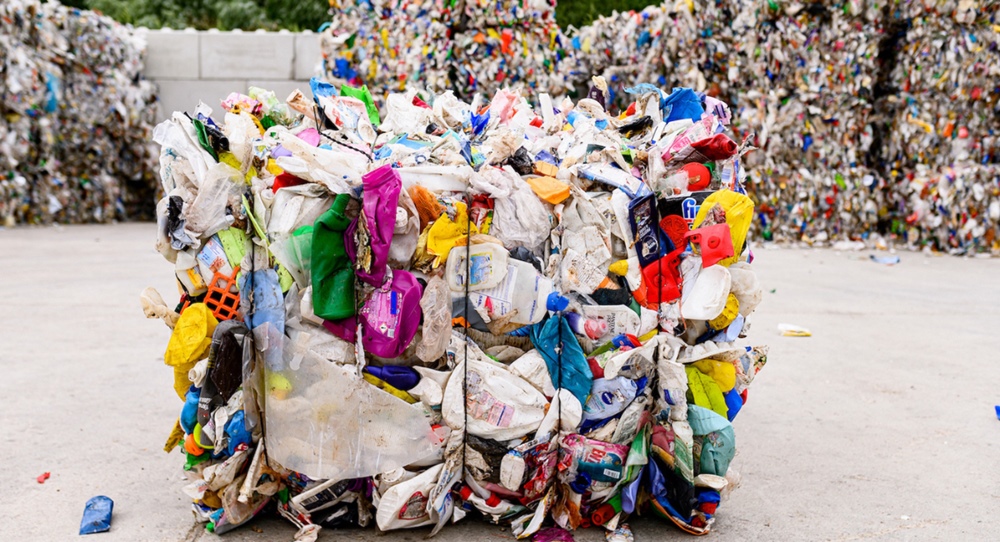
Among other things, the EU Commission’s proposal envisages reducing packaging waste by banning unnecessary packaging and promoting reusable solutions.
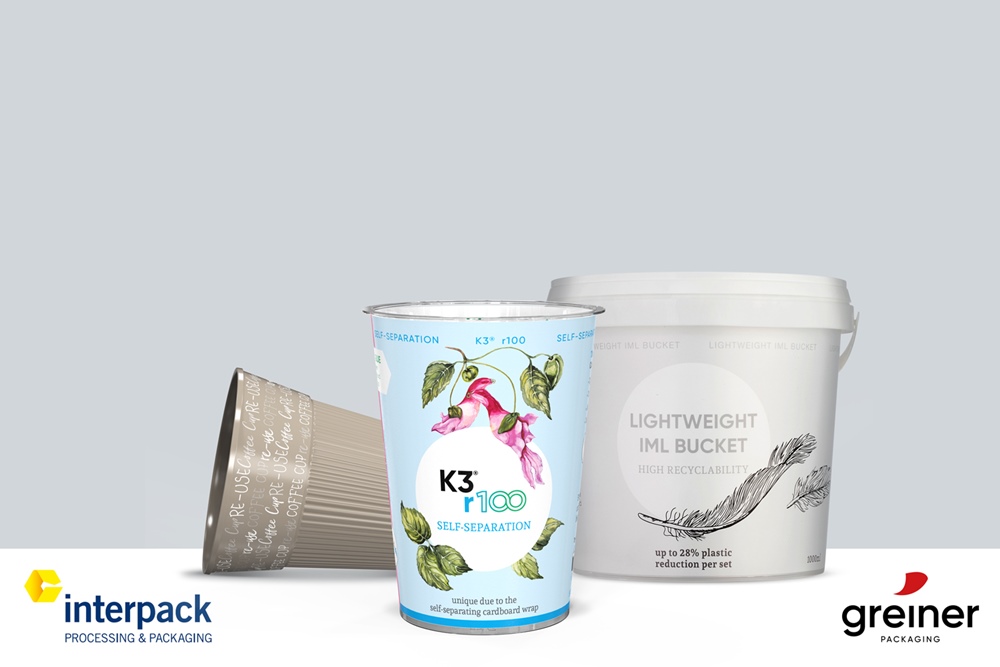
Greiner is developing sustainable solutions such as the Re-Use Coffee Cup, the self-separating K3 r100 and the lightweight IML Bucket.
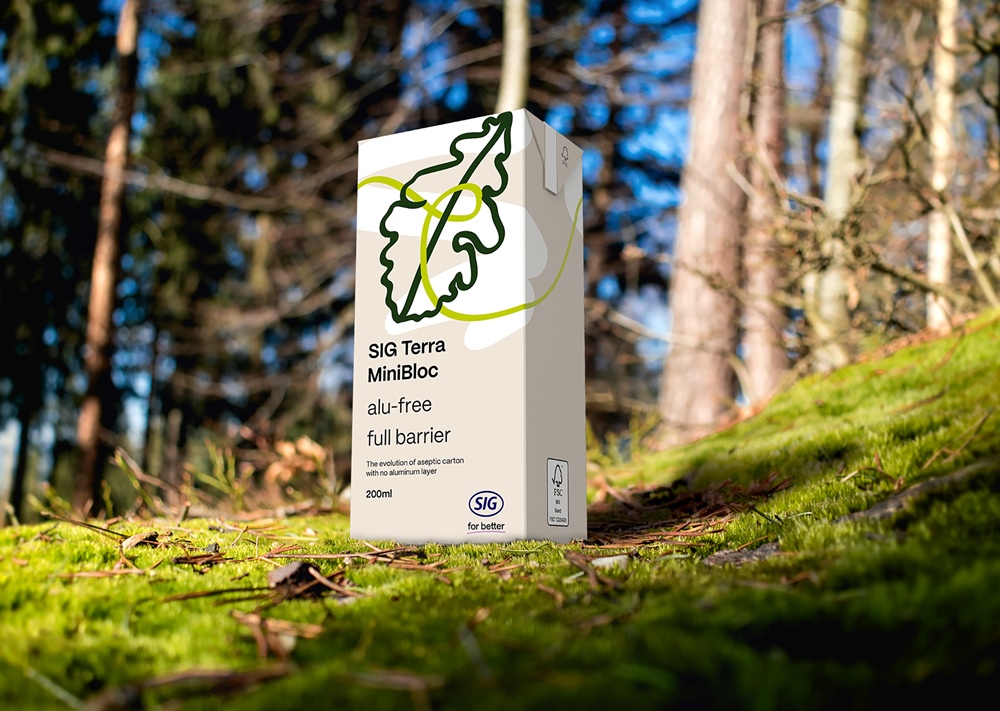
The new full-barrier packaging material for aseptic carton packaging does not require an aluminium layer.
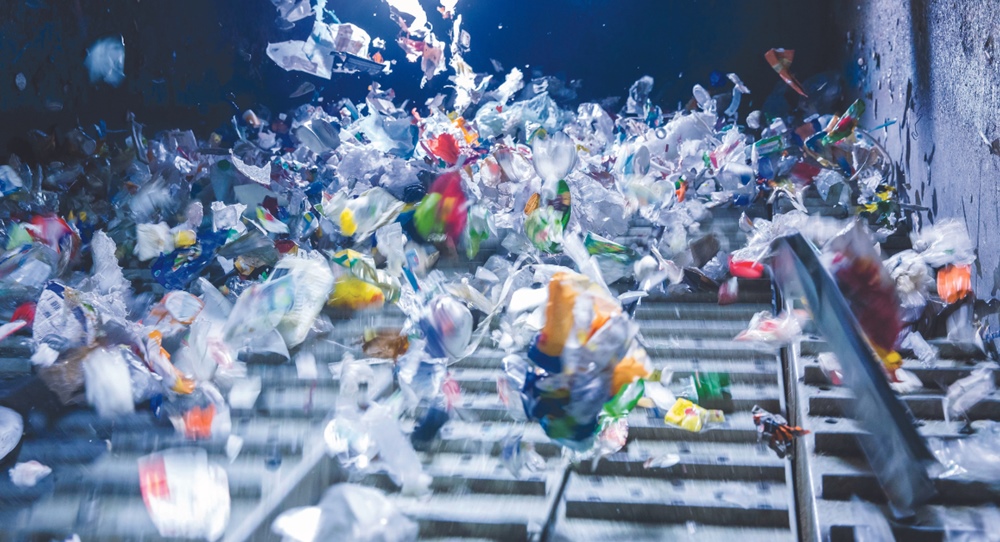
Correctly directing the various materials in the sorting system is key to obtaining high-quality recycled material.
Editor: sbr
Images: DBU/Lea Kessens; Initiative Mülltrennung wirkt/Holger Martens; Greiner Packaging; SIG; Veolia






